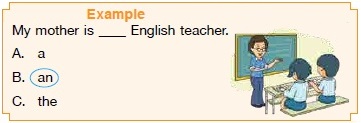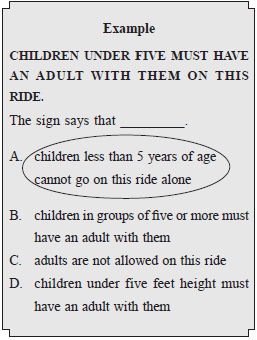Post Your Answer
Ans 1:
Class : Class 7
Hi, I think its Dispatched as I have a mom who works in a generator company and uses this phrase often when a generator is Delivered



